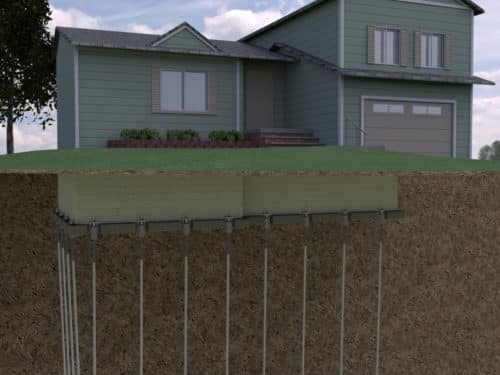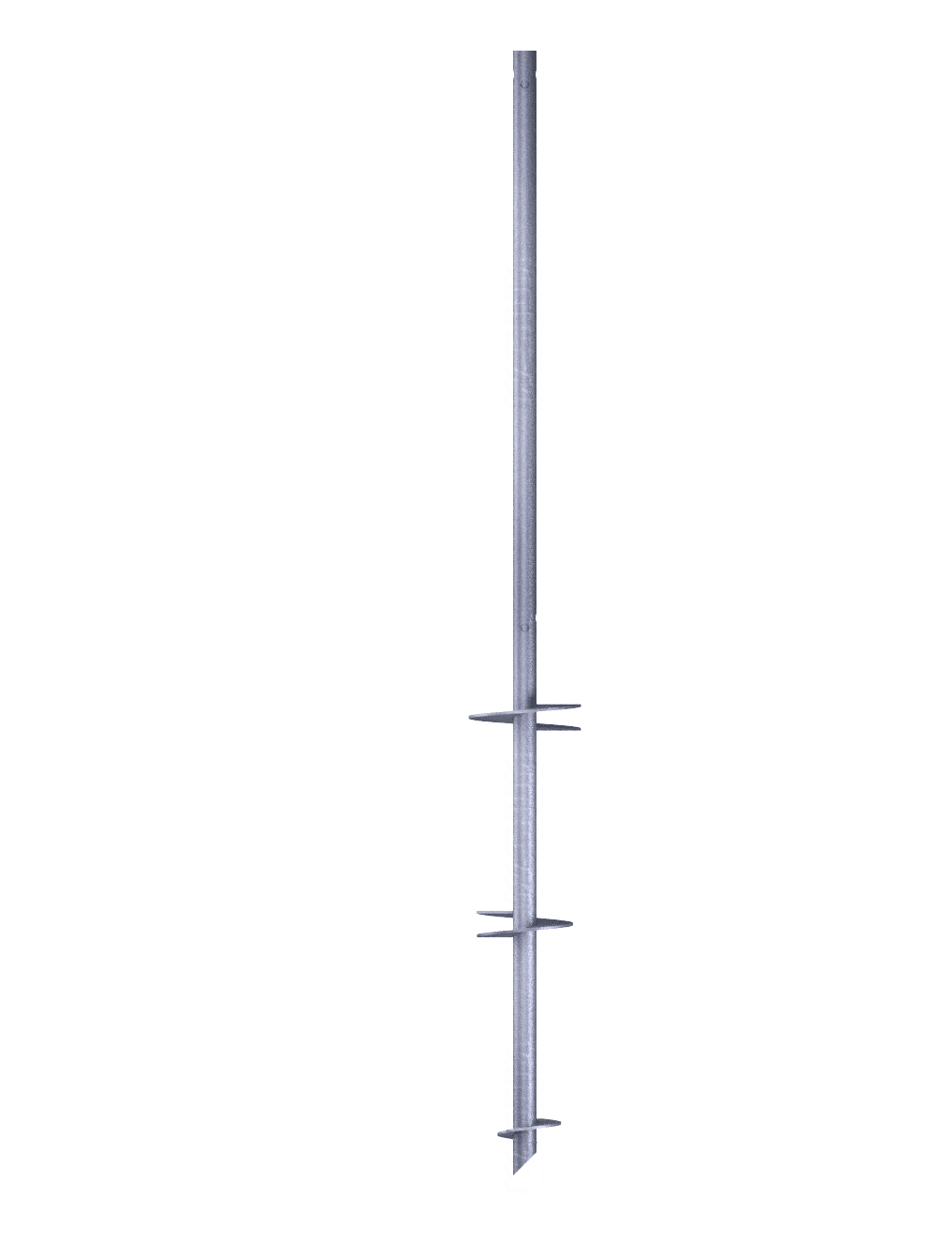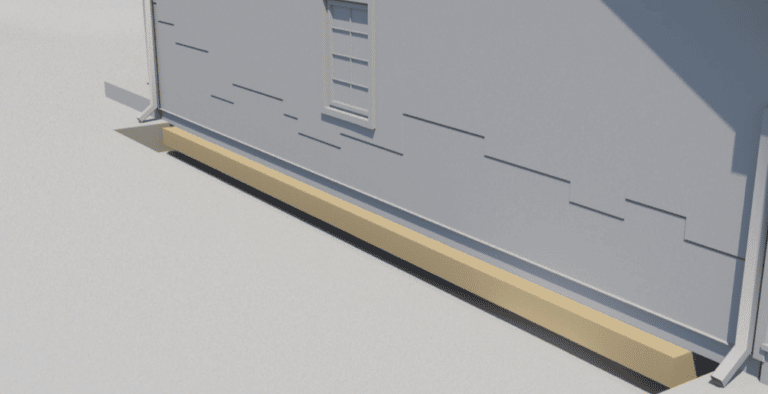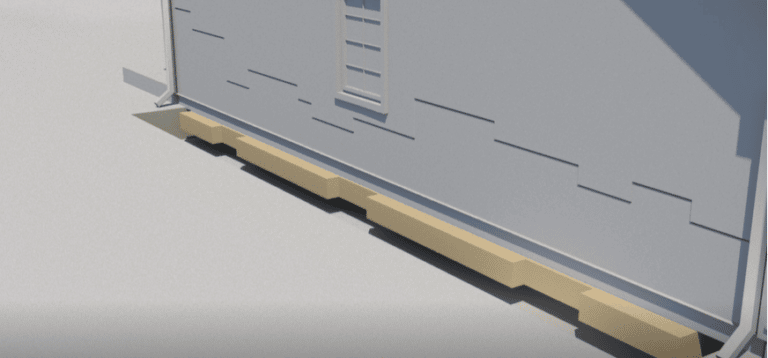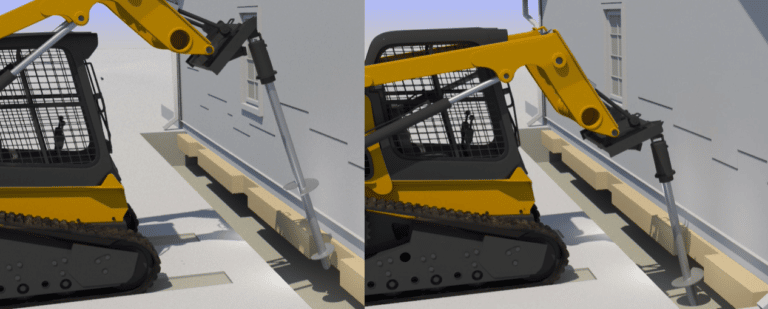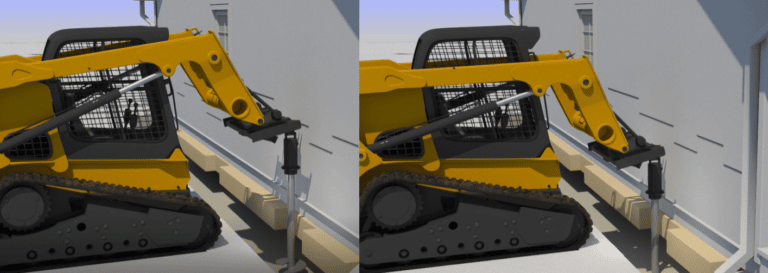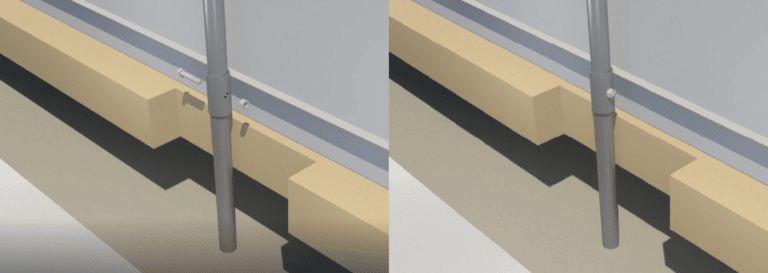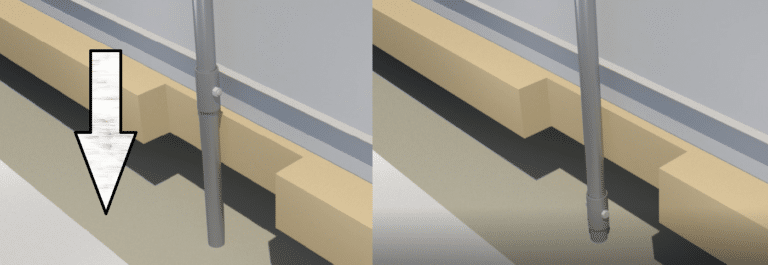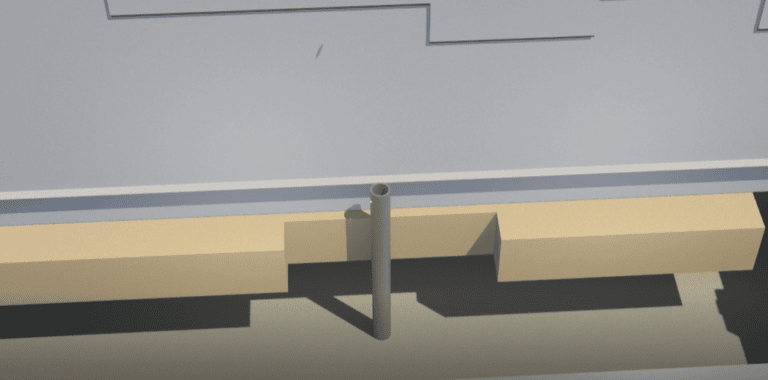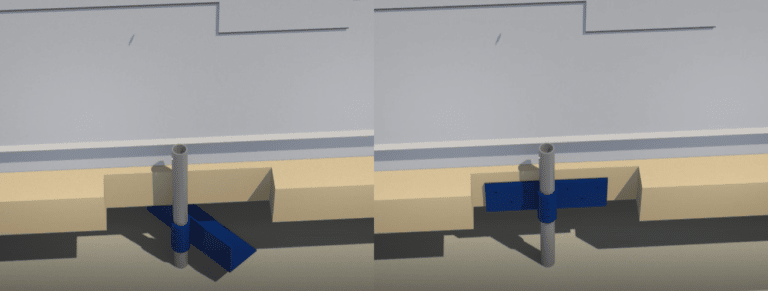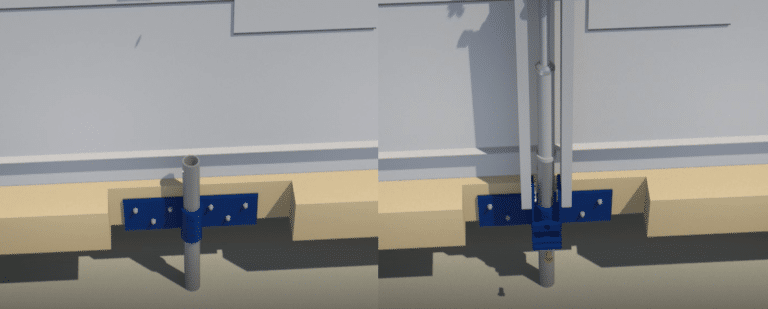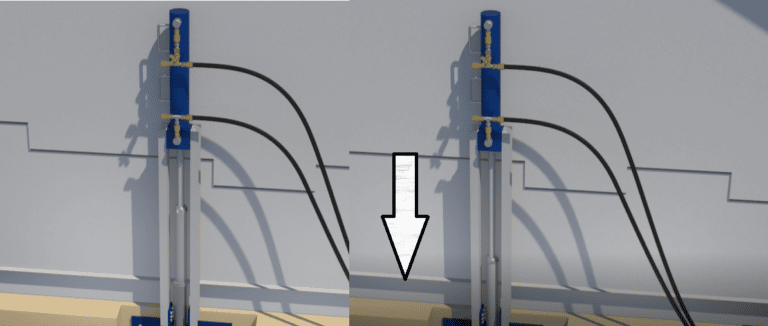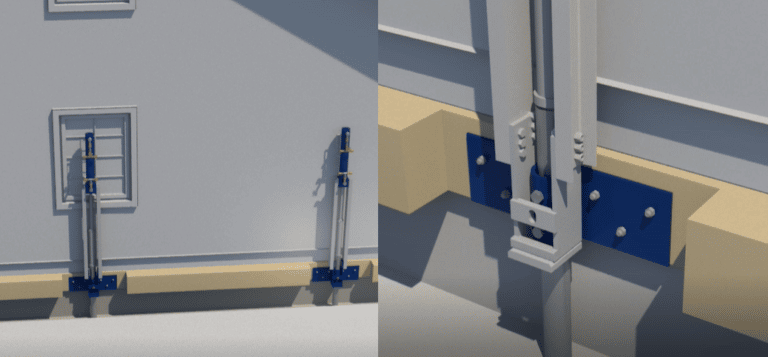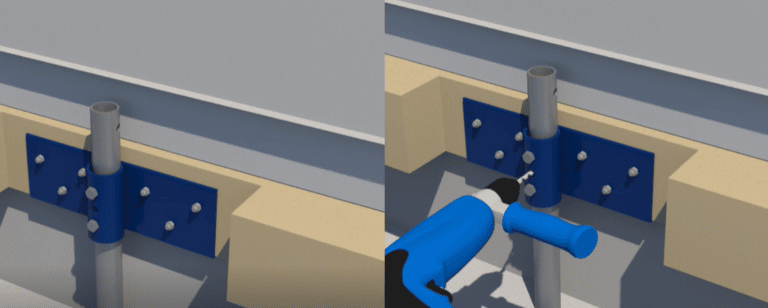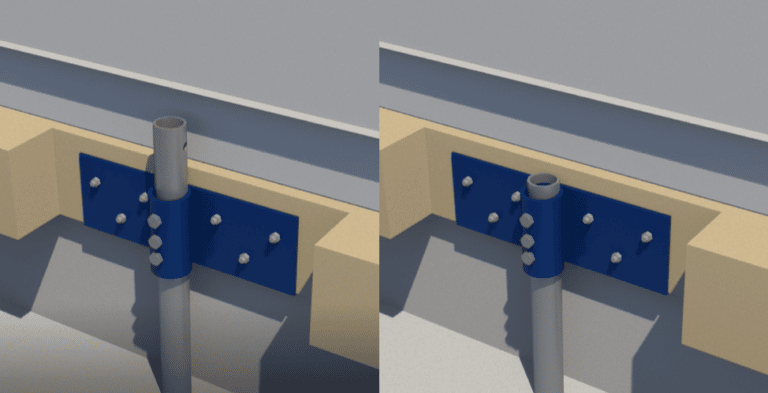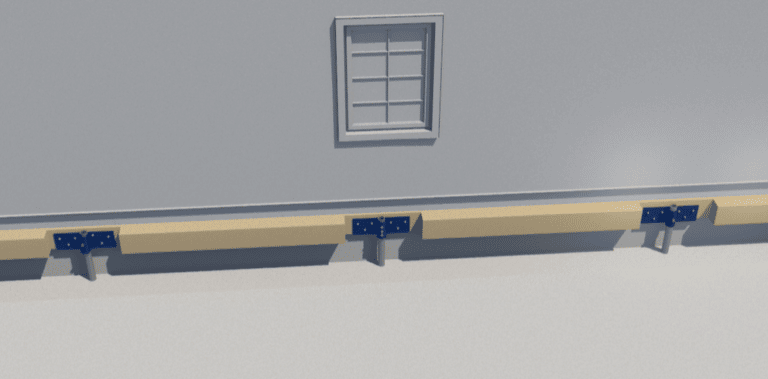Poly-Lift Helical Piles and Piers
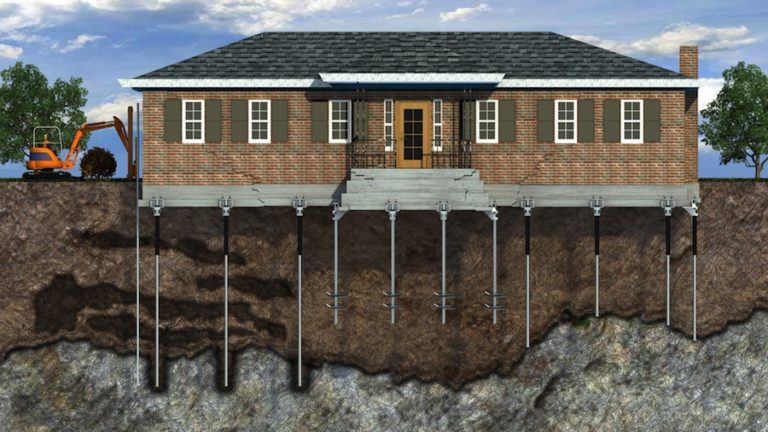
What are Helical Screw Piles?
Helical piles are one of the foundation lifting options we provide. It is a form of deep foundation systems that have been used since the early 1900s in waterfront foundations. They are highly suitable for fractured footings, light loads, temporary applications, and high groundwater conditions.
What do they do?
The purpose of helical piling is to provide foundation support for structures of all types and sizes. Helical piles are embedded deep underground in order to disperse the enormous weight which sits atop them. Multiple piles are installed to create a platform, on which your home or building can rest.
Parts of a Helical Pile
There are three parts of a helical pile, the Lead Section, Extensions, and Termination.
Lead Section
The lead section refers to the first helical pile section to be installed. This is responsible for penetrating the soil and displacing the load from the foundation into the ground through helical bearing plates or helices.
Extensions
Extensions of a helical pile consist of a shaft with a coupler on each end, male and female. The first extension is bolted to the lead section and additional extensions are bolted on until the helical pile reaches the desired torque and depth.
Terminations
Terminations connect the helical pile to your foundation that it is supporting. We use 6 bolts to attach our frame to your foundation, ensuring a secure fit.
Advantages
Limitations
Steps for Helical Underpinning
This is a step-by-step breakdown of our helical underpinning process.
To Install a Helical Pile, We:
- Expose the Foundation
- Prepare the Footing
- Insert the Helical Pile at a 30 Degree Angle and Set Into the Ground
- Place Pipe Parallel to the House and Push Down Into the Ground.
- Bolt Additional Extension to the Helical Pipe, to Push Pile Further Into the Soil.
- Drill Helical Pile Deeper Into the Soil.
- Continue to Add Extensions and Drive the Pile Into the Soil Until the Desired Depth Is Reached.
- Set the Foundation Bracket Into Place
- Secure Foundation Bracket With Six Bolts and Set Pump Frame Onto the Helical Pipe.
- Use Hydraulics to Pressurize the Piles to Ensure a Good Lift.
- When Foundation Is Lifted, Remove the Hydraulics and Fasten Pipe to Foundation Bracket With Two Bolts.
- Remove Pump Frame and Drill Hole Into Pipe.
- Fasten Bolt to Hole and Slice the Helical Pipe to Be Flush With Foundation.
- Foundation Repair Is Complete.
Frequently Asked Questions
No, Helical piers need to be installed by a certified installer, and often times require engineering.
They are permenant, and will last the lifetime of the structure
Depending on size and weight of a structure, an engineer or helical manufacturer will determine the exact amount needed.
They are driven to a depth specified by engineers, can be between 20' and 60' deep depending on use.
Helical piers can be installed fairly quickly, depending on depth.

